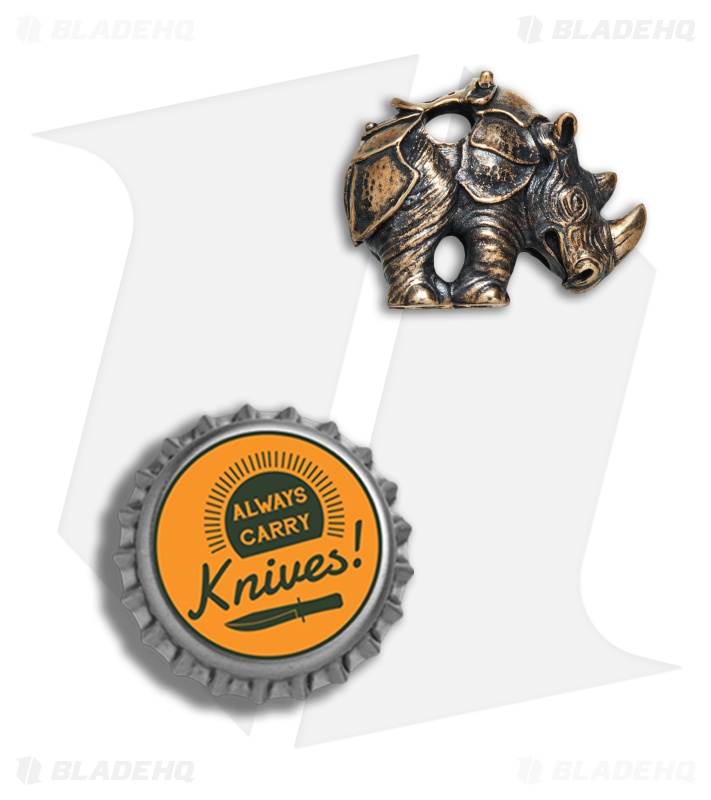Picktorrent: total training wpf essentials - Free Search and Download Torrents at search engine. Download Music, TV Shows, Movies, Anime, Software and more. Total training wpf essentials - Search and Download. Total Training for Microsoft WPF - Essentials free ebook download Author(s): Robby Ingebretsen. Total Training for Microsoft WPF Essentials 5 torrent download locations monova.org Total Training for Microsoft WPF Essentials Movies 15 hours seedpeer.eu Total Training for Microsoft WPF Essentials Other Misc 9 hours limetorrents.cc Total-Training-for-Microsoft-WPF-Essentials Movies 3 months torrentdownload.ch Total-Training-for-Microsoft-WPF. Total training for microsoft wpf essentials torrent download pc.
A ( Diceros bicornis) at the. Kingdom: Phylum: Class: Order: Superfamily: Family: Rhinocerotidae, 1820 Extinct genera, see text Rhinoceros range A rhinoceros (, from rhinokerōs, meaning 'nose-horned', from rhis, meaning 'nose', and keras, meaning 'horn'), commonly abbreviated to rhino, is one of any five species of in the Rhinocerotidae, as well as any of the numerous extinct species. Two of the extant species are native to and three to. The term 'rhinoceros' is often more broadly applied to now extinct relatives of the superfamily. Members of the rhinoceros family are some of the largest remaining, with all species able to reach or exceed one in weight.
Aug 2, 2018 - It is known as the last wildlife sanctuary for Javan rhino (Rhinoceros. Sitorus, Perilaku Berkubang Badak Jawa (Rhinoceros. A rhinoceros ( /raɪˈnɒsərəs/, from Greek rhinokeros, meaning 'nose-horned', from rhinos, meaning 'nose', and kerato/keras, meaning 'horn'), commonly abbreviated to ' rhino', is one of any five extant species of odd-toed ungulates in the family Rhinocerotidae, as well.
They have a diet, small brains (400–600 g) for mammals of their size, one or two horns, and a thick (1.5–5 cm) protective skin formed from layers of positioned in a structure. They generally eat leafy material, although their ability to ferment food in their allows them to subsist on more fibrous plant matter when necessary. Unlike other, the two African species of rhinoceros lack teeth at the front of their mouths, relying instead on their lips to pluck food. Rhinoceros are killed by some humans for, which are bought and sold on the, and used by some cultures for ornaments. East Asia, specifically, is the largest market for rhino horns.

By weight, rhino horns cost as much as gold on the black market. People grind up the horns and consume them, believing the dust has therapeutic properties. The horns are made of, the same type of protein that makes up. Both African species and the have two horns, while the and have a single horn. The identifies the, Javan, and rhinoceros as.
Contents • • • • • • • • • • • • • • • • • • • • • Taxonomy and naming Cladogram following a phylogenetic study. The word rhinoceros is derived through Latin from the: ῥῑνόκερως, which is composed of ( rhino-, ') and ( keras, ') with a horn on the nose. The plural in English is rhinoceros or rhinoceroses. The for a group of rhinoceroses is crash or herd. The name has been in use since the 14th century. The family Rhinocerotidae consists of only four extant genera: (White rhinoceros), (Black rhinoceros), (Sumatran rhinoceros), and (Indian and Javan rhinoceros). The living species fall into three categories.
The two African species, the and the, belong to the tribe Dicerotini, which originated in the middle, about 14.2 million years ago. The species diverged during the early (about 5 million years ago). The main difference between black and white rhinos is the shape of their mouths – white rhinos have broad flat lips for grazing, whereas black rhinos have long pointed lips for eating foliage. There are two living Rhinocerotini species, the and the, which diverged from one another about 10 million years ago. The is the only surviving representative of the most primitive group, the Dicerorhinini, which emerged in the Miocene (about 20 million years ago).

A subspecific hybrid white rhino ( Ceratotherium s. Cottoni) was bred at the (Zoological Garden Dvur Kralove nad Labem) in the in 1977. Of black and white rhinoceros has also been confirmed. While the black rhinoceros has 84 (diploid number, 2N, per cell), all other rhinoceros species have 82 chromosomes. However, might lead to varying chromosome counts.
For instance, in a study there were three northern white rhinoceroses with 81 chromosomes. Main article: There are two of white rhinoceros: the ( Ceratotherium simum simum) and the ( Ceratotherium simum cottoni). As of 2013, the southern subspecies has a wild population of 20,405 – making them the most abundant rhino subspecies in the world. However, the northern subspecies is critically endangered, with all that is known to remain being two captive females. There is no conclusive explanation of the name 'white rhinoceros'. A popular idea that 'white' is a distortion of either the word wyd or the wijd (or its other possible spellings whyde, weit, etc.,), meaning 'wide' and referring to the rhino's square lips, is not supported by linguistic studies. The white rhino has an immense body and large head, a short neck and broad chest.